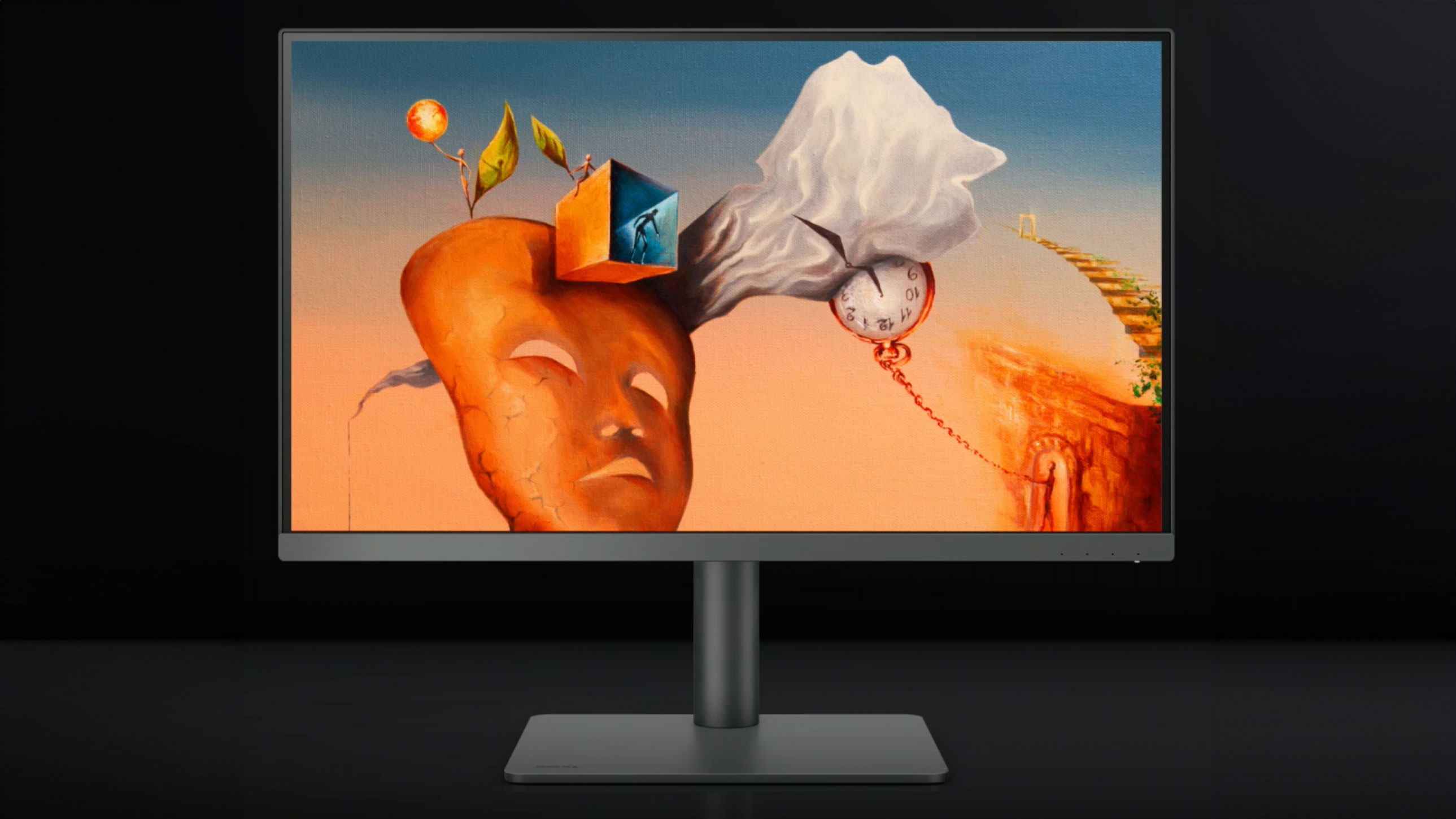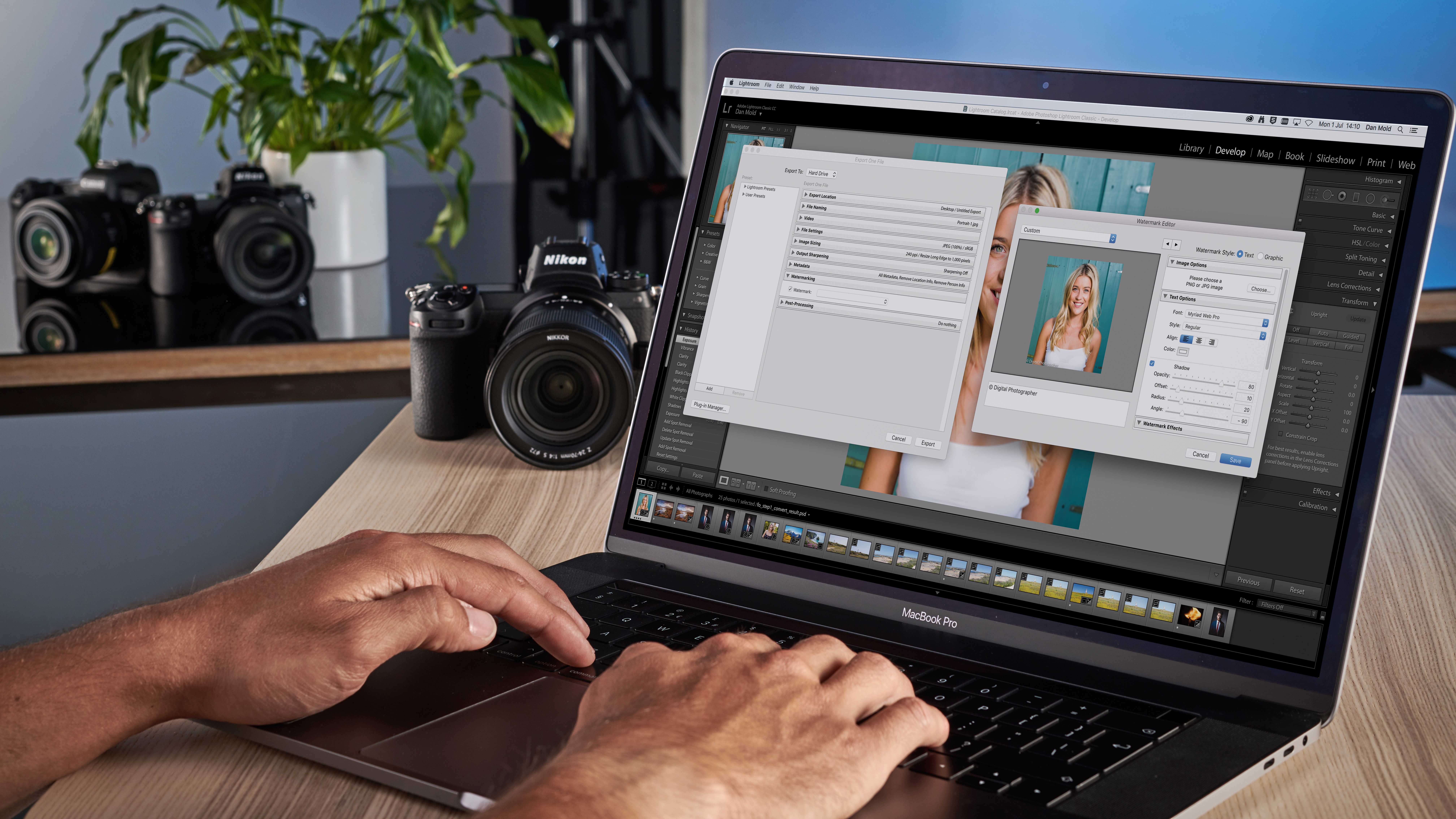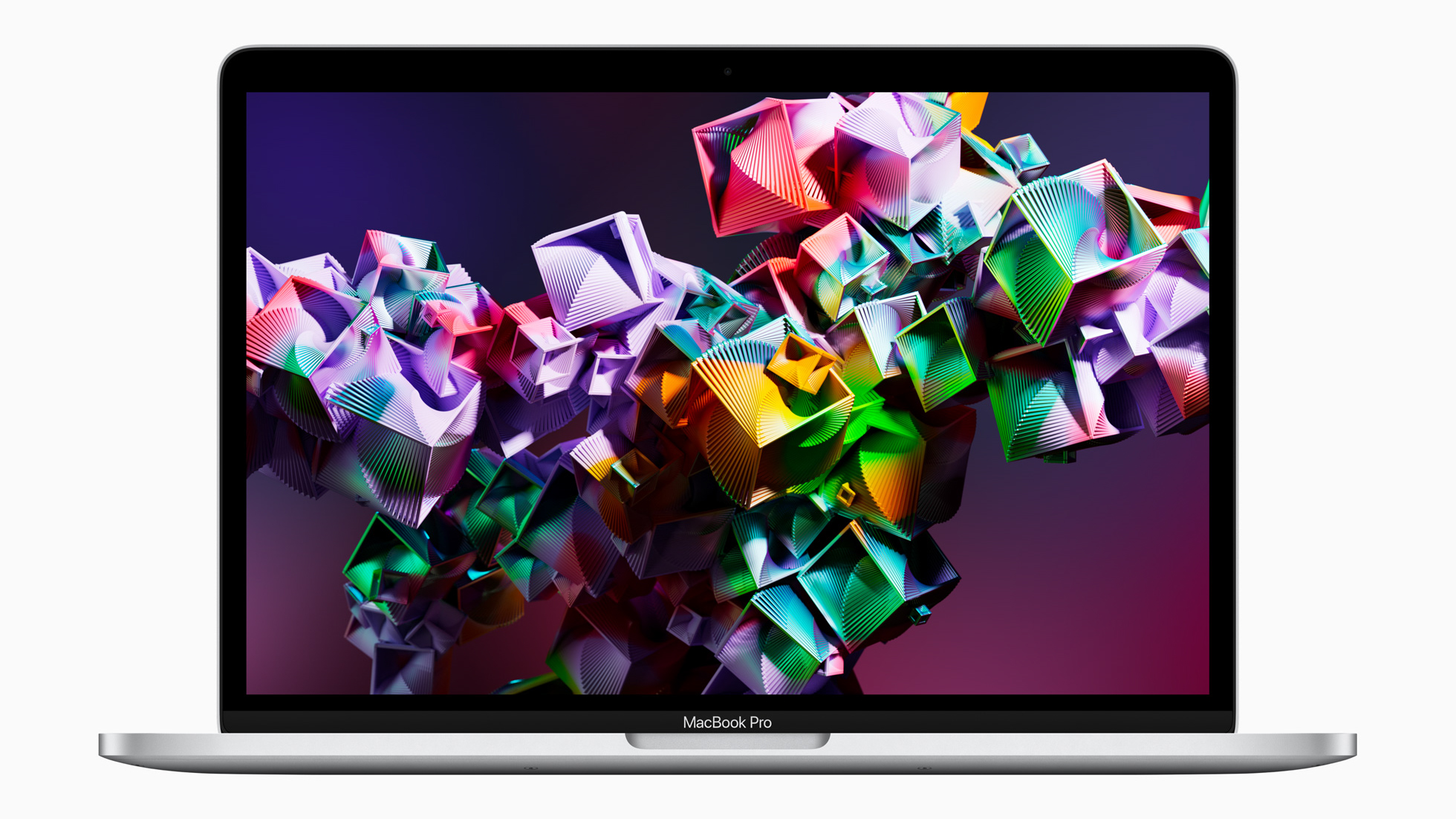
As a photographer, it’s very easy to become obsessed with detail. You zoom in and in and in until you can find a flaw, and then you obsess over that flaw, and you spend more and more time comparing lenses and test charts, edges and centers, focal lengths and apertures.
In the days of film, there was a limit to how far you could zoom in. With transparencies it was the magnification of your slide viewer or the loupe you used with your lightbox. With prints it might be the magnification of your focus checker when making enlargements, or just the maximum size of the enlargements themselves.
One of the advantages of these tools was that there were optical limits to how far you could pixel peep – or optically obsess, if we want an analog equivalent. And all the time, you had a physical slide or negative or print in front of you so that you were always aware of the level of magnification you were using and just how persnickety you were being.

You don’t get any of that with computers and digital imaging. Your software’s zoom tool does not have the optical limits of old-school loupes, and it can just keep on going until every pixel is visible and every defect becomes a pain point. Even the best photo-editing software can lead you down this dangerous path.
And while you’re doing this, you’re losing sight of how far you’ve zoomed in, and losing sight of just how important – or how unimportant – any lens blur, digital noise or color fringing actually is. You’re not leaning over a print with a magnifying glass, you’re filling the screen at a level of magnification that’s just a number. You might have a navigator window in the corner of the screen that shows you the zoom area, but it’s not the same.
I don’t think any of us intended to become pixel peepers. I do think digital images and displays have opened a Pandora’s Box of pixel perfectionism that should have been kept shut.
How a 4K monitor can help
It actually started with the Retina display on my 13-inch MacBook Pro. This was the first monitor I’d ever used where the dots were too small to see. If I could see any dots in my photos, that was noise, not the screen. I also realized that if an image looked sharp when displayed full size on my 13-inch Retina screen, and I was going to use it on a web page or make a print of roughly the same size, then maybe I didn’t need to zoom in to check.

This is why I think MacBooks are amongst the best laptops of all. Not because I’m some kind of OS zealot, but because the screens have the resolution to do your photographs justice. I have Windows laptops too, but even my latest 15-incher tops out at 1920 x 1080 and, small as they are, those dots are visible.
This really came to the fore when I swapped to a 21.5-inch 4K iMac. I could fit the image to the screen and if it looked sharp there then it was certainly sharp enough for use online and even in print, which is where many of my photos end up – and rarely at the same size as my 21.5 inch screen. I recently reviewed the iMac 24-inch M3, and I think the screen is probably its best feature.
Currently I use a 4K 27-inch BenQ PD2705Q as my main screen with my Mac Studio – in reality, I suspect any of the best 4K monitors would do. This does of course give me plenty of scope for zooming in to check the detail, but do I really need to? Now I can just display an image full-screen to get a much more useful reality check. If it looks sharp here, it’s sharp enough.
I also use a 24-inch 1920 x 1080 screen alongside for admin work, and the comparison is painful. Text characters look rougher and if I look at images on this screen then I do need to zoom in, because the screen does not have the resolution to give me proper indication of sharpness if I don’t. And of course, once you start zooming in, you don’t stop. It also becomes very difficult to separate the resolution limits of your photo from those of the screen.
So that’s a rather roundabout explanation of why I think a 4K monitor is the best possible cure for pixel-peeping. It COULD make you pixel-peep worse than ever, but for me it was the perfect antidote.
See our guide to the best monitors for photo editing







